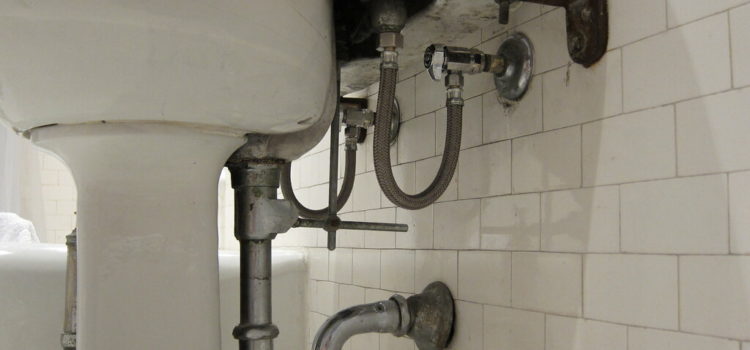
For a complete construction or renovation, all plumbing must be installed to connect a house to the sanitary network and create water inlets and outlets. Connecting your home to the plumbing network remains a technical operation that should be left in the hands of a professional. What are the essential elements to be taken into account before starting this work? Marlin Plumbing helps you see clearly on that subject.
Connection Procedures According to Your Situation
If you live in a building or house, the steps to install your plumbing will be different.
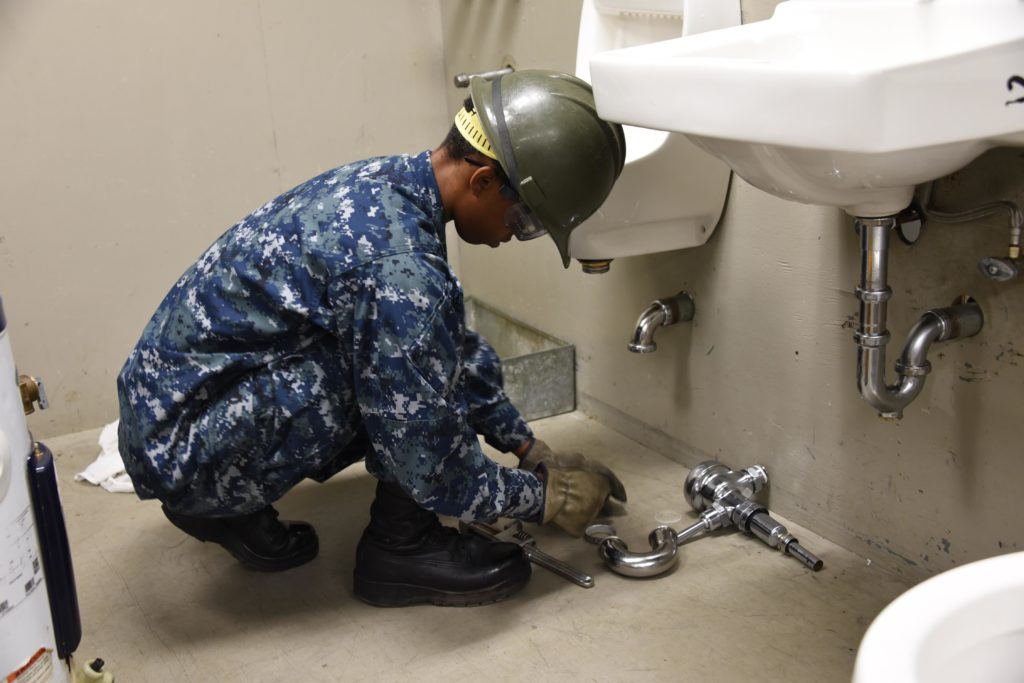
In a Building
The connection is already existing on the building’s network, and the meter is installed. It is therefore sufficient to contact the water supplier to indicate your contact details, and the consumption index existing when you enter the premises so that they can establish the subscription in your name.
The New House
It must be connected to the existing collective network passing nearby. The connection work remains the responsibility of the owner, and the installation of the meter is the responsibility of the water supplier – whose name was indicated to you by your local town hall. The Town Hall must also provide you with a report on the quality of the water, thus allowing you to choose the appropriate plumbing elements to carry out your work.
The Renovated House
The renovated house is often already connected to the collective network. However, it may be necessary to redo the installation if it is too old. There may be some elements that are no longer up to standard (old lead pipes, for example), or having to install a new meter.
Whether it is a new or renovated house, when the installation of the water supply and drainage network is completed, it is necessary to contact the water supplier who will then install the meter and establish the supply contract.
Installation of the Water Meter and Elements After the Meter
The Water Meter
The installation up to the meter is the responsibility of the water supplier, and it is usually located in a box on the property line.
You will have to contact a plumber to install and open a water meter, as this is part of your responsibility.
Elements After a Meter: Stop Valve, Plug, Pressure Reducer
Several elements are to be added to your meter and are essential for your sanitary installation.
The shut-off valve, installed just before or just after the meter, allows the water supply to be cut off in the event of a leak or work on the indoor network.
It is mandatory to equip your water meter with a non-returning valve to prevent water from your network from accidentally returning to the public system to avoid possible water contamination.
Finally, you should have a pressure reducer installed to limit the pressure in the pipes.

Create Water Inlets and Outlets
Water inlets and outlets may not exist in the room where you want to install your toilets and appliances. How to do this? Marlin Plumbing tells you all you need to know below:
If your room is adjacent to a washroom, kitchen, or any other place where water supply and drainage pipes pass, it will be enough to dig the wall and transplant itself onto the existing one.
On the other hand, if the part has no inlet or outlet, a pumping device must be installed.
It is recommended to consult a professional to conduct a feasibility study of such an installation.
What Type of Drain Should I Choose for the Evacuation System?
There are two processes for discharging wastewater: the single or separate discharge, each with its characteristics. The experts at Marlin Plumbing will provide you with an overview of the different processes involved in the discharge of wastewater.
Which System Is Used for Domestic Hot Water Production?
The system chosen to have hot water is an essential step in the sanitary installation. Several solutions are available to produce the necessary hot water: gas, electricity, solar, etc. Thus, it is essential to take into account the type and size of the water heater.
Choosing the Material and Type of Pipe Laying
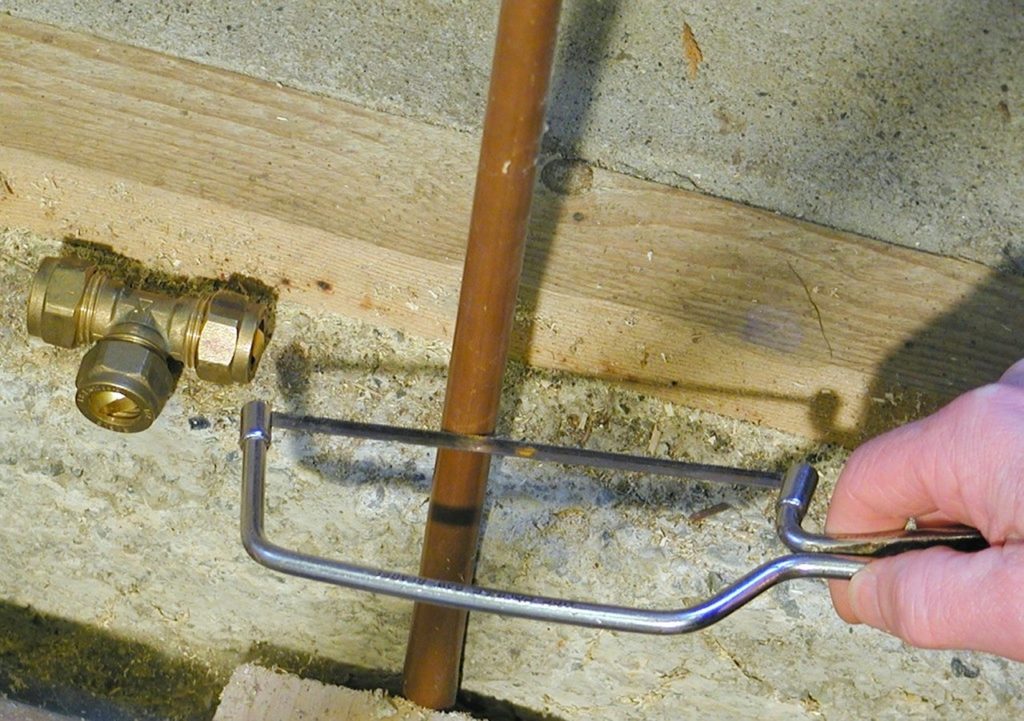
Pipelines are used to supply water and discharge wastewater from your system. There are different types of piping. Marlin Plumbing presents you with the characteristics of each one to find the solution that best suits your needs.
What Type of Installation Should I Choose for My Pipes?
The piping can be either recessed or exposed. The first solution is the most aesthetic, but in case of a problem, it will be necessary to dig the walls, and even break the tiles if you want to carry out repairs. It may be more appropriate to lay the piping on the surface, even if it means hiding it with a removable and discreet formwork.
Which Materials to Choose for Your Pipes?
The materials also depend on the type of installation selected; if in the embedded installation, you can choose between copper or multilayer for aesthetic reasons.
Copper
Copper is resistant, aesthetic and reliable. It requires installation by a professional plumber as copper is complex to work with (bending, welding, etc.)
The Multilayer
Multilayer has many advantages and is increasingly used by professionals. It is U.V. resistant, can be installed on the surface or in the wall, and does not require soldering, while offering an excellent service life.
Which Dimensions Should I Choose for the Pipes?
The choice of pipe dimensions depends on the element to be transported, water inlets or outlets, as well as the flow rate and material. At Marlin Plumbing in Miami, they are known for their ability to handle pipe repair or replacement of any size.
How High Should You Install Your Pipes?
The installation heights of the pipes vary according to the location of the rooms where pipes should be installed. For example, there are standards for your bathroom, WC and kitchen.
Which Fittings to Choose?
There are different types of fittings, depending on the material and diameter of the pipe:
– Fittings with welding: bending, welding, socketing… These require a certain amount of know-how and are intended for plumbing professionals.
– Seamless fittings: easier to use for a private individual; they are adapted to each material.
Hope the above helps you out with your plumbing needs. For more information and tips, jot down your comments in the section below.

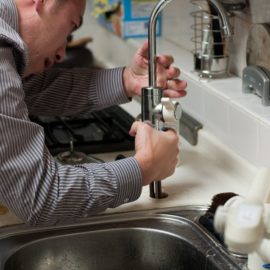
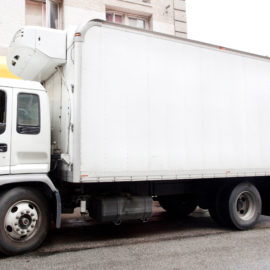
Pingback:How to Choose Your Plumbing Fittings - Plumbers services
Pingback:Water Heater Repair: What Tenants Should Know - Plumbers services